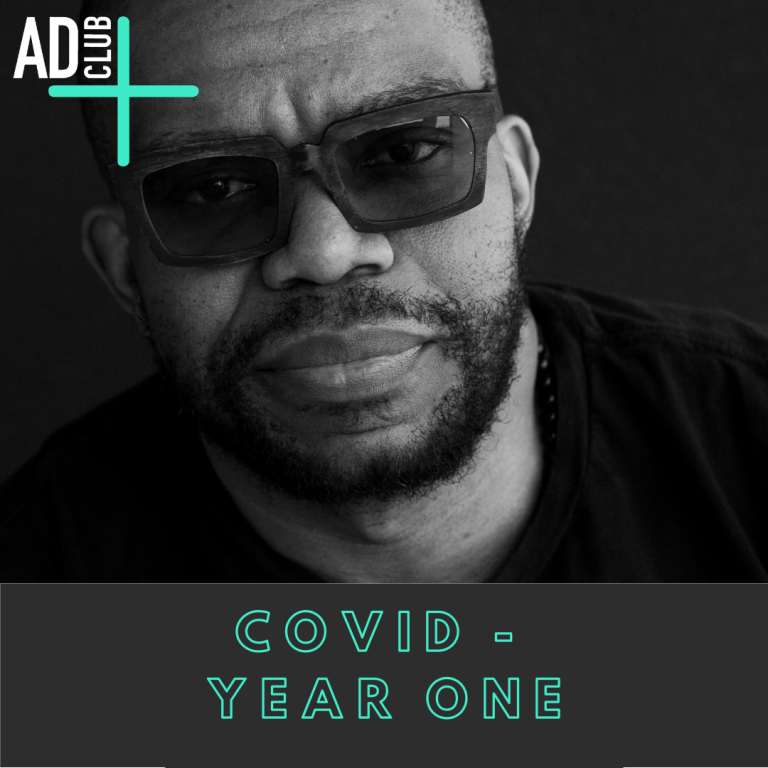Ways The Advertising Industry Has Evolved in Covid Year One
Ways The Advertising Industry Has Evolved in Covid Year One

From Member Ron Lewis, Group Creative Director, Grey Group & Co-Founder DiverseCreatives.Com
As we look back on this past year, how do you think the advertising industry has evolved?
Over the last year the advertising industry has become more aware, empathetic, and a little more inclusive. Many brands realized that their communications cannot enter the lives of consumers without at least acknowledging what those consumers may be dealing with. This could be related to the injustices spotlighted by the Black Lives Matter movement or the effects and hardships brought on by COVID. Some brands let their consumers know that they are there to support in some ways, while other brands realize that they may not be as relevant during this time – and therefore kept quiet. When you think about it, we are all consumers, even those behind the ads. The effects of the last year have touched everyone, and it shows. The visible representation of Black and Brown talent in commercials has started to increase. I get the sense that the diverse talent is being sought out now more than ever, and I am anxiously waiting to see if increased job placements are a positive result of this perceived interest in showing diversity.
Due to the various COVID restrictions, what are some innovative ways in which agencies have produced content?
Limitations have always done great things for creativity, forcing us to work with what we have, or to invent what we need. COVID has led to the popularity of the remote shoot, where clients and agency creative leads (who may not be permitted to travel during the pandemic by company policy) can watch an entire production from the relative comfort of their living rooms, via video conference. Production companies have created their own proprietary drop kits—remote controlled compact camera, mic and lighting in a box dropped off at a house—to enable completion of remote interviews without any crew being in close contact with the subject. It’s pretty amazing when you think about it. You’ll also see the rise of type-driven commercials, or commercials that use mostly stock video clips, illustration, or user-generated content. All methods that do not require people to be in close contact, or that don’t need people at all. When talent is required, you may see that entire families get cast for a commercial, as they are in the same bubble and are used to being around each other without the same level of COVID precautions that would be necessary on a traditional set.
How do you believe COVID has influenced the ways in which we consume media? Has the industry adapted accordingly?
During lockdown, with nowhere to go, people have been streaming content like crazy. Screens have now become our windows to the world more than ever before. Before COVID we were able to look away (take a break) from things happening in the world around us, because we could fill our time with tons of activities and distractions. However, COVID took away many of those options. We are forced to be more aware of many of the injustices that have always existed around us and as a result, for many there is an increased motivation to take an action. The ad industry has definitely adapted to this shift with brands focusing less on OOH placements and activation, instead increasing their digital presence. Marketing efforts are increasingly venturing into the entertainment space and sponsoring the content that is being consumed at such an historic rate.
